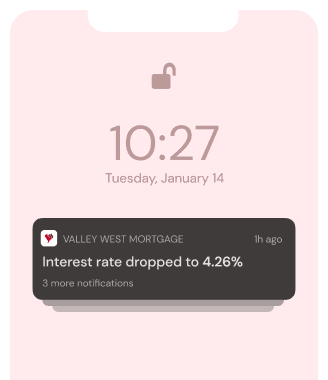The Federal Reserve Brings Good News for Interest Rate Decison
February 1st brings some good news already. The Federal reserve as expected has held the interest rates steady today as they begin to assess where our economy heading-but they hinted that the rates might stay low for a good while to come.
The Fed’s decision today confirmed those expectations.
“In view of realized and expected labor market conditions and inflation, the Committee decided to maintain the target range for the federal funds rate at 1/2 to 3/4 percent,” the Federal Open Market Committee said in a statement. “The stance of monetary policy remains accommodative, thereby supporting some further strengthening in labor market conditions and a return to 2 percent inflation.”
The FOMC also said that it expects economic conditions to evolve in a way that will warrant “only gradual increases” to the federal funds rate in the immediate future. The rate, the committee said, “is likely to remain, for some time, below levels that are expected to prevail in the longer run.”
When doing your research, always use great sources! Check out the sources for this article below.
http://www.mpamag.com/news/fed-announces-interest-rate-decision-58976.aspx
-Valley West Mortgage
Federal Reserve Halts Purchase Of Bonds.
For the first time in 37 years, the Federal Reserve halted purchase of bonds on Wednesday, October 29. This came as no surprise to many, as the Fed has been steadily cutting purchase of mortgage-backed securities for the entirety of 2014, but it certainly is jarring to see the program finally come to a halt.
What does this mean for you the borrower and client? It means that there is potential for government debt prices to be pushed down in potential declining demand. This also means that this action could raise yields simultaneously.
The process that central banks began after the recession, called quantitative easing (QE), is a method used to stimulate monetary value when an economy suffers to do so itself. When the Fed began the program, the intention was never to last forever, but just long enough to see the market stabilize on its own, at which point the “easing” would begin. This works by the central banks buying financial assets from commercial banks, which lowers yields and increases monetary base at the same time.
Although tapering didn’t begin for the Fed until last December, the 10-year Treasury yield had already climbed to almost 3 percent. This is generally seen as a good sign by economists; while this is not a high number, it is higher than the previous percentage which was below 2 percent. The higher the treasury yield, the better the economic outlook. With the purchase of bonds being halted, experts believe that the economy and monetary value could continue to see a boost, bettering both the market and the economy.
Stay up-to-date on the bond market and treasury yields at Forbes.com or mortgagewatchdaily.com.
